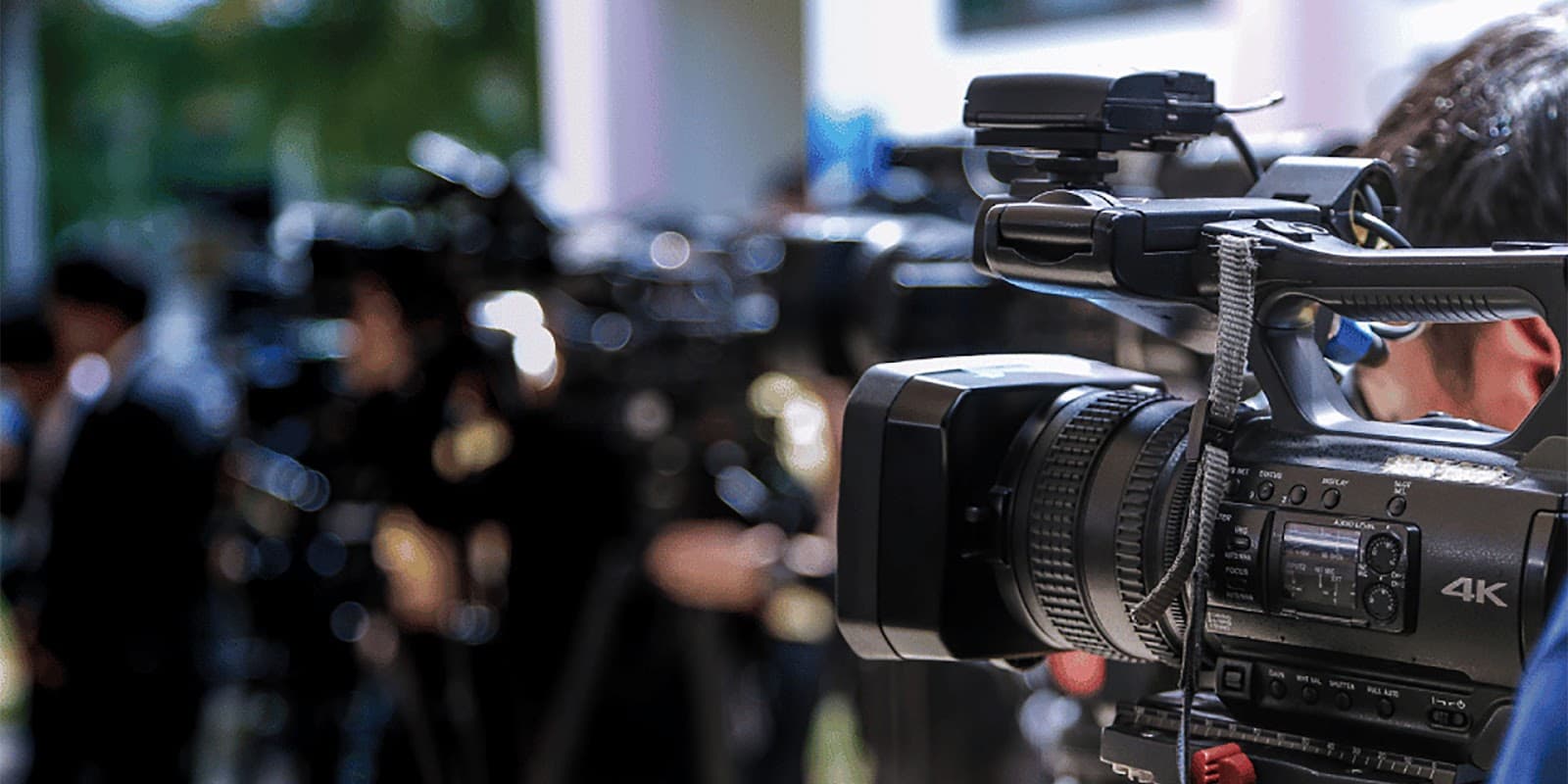
4K content in journalism is becoming increasingly important as media consumers expect higher-quality visuals. With the rise of 4K televisions and phone screens, readers are no longer satisfied with grainy photos and shaky cell phone videos. Journalists who fail to utilize 4K cameras and editing tools risk falling behind those who provide viewers with crisp, vivid images that draw attention.
Today, I’ll talk about how this technology is reshaping visual reporting, making every pixel count in the stories we consume daily. Let’s explore the future of journalism, pixel by pixel!
Visual storytelling in journalism
From my perspective, visual storytelling in journalism is an absolute game-changer. I’ve noticed that with news reporting in high resolution, the entire experience of consuming news has evolved dramatically.
I’m a big believer in the power of visual journalism techniques. They do so much more than just beautify the content. These techniques can tell complex stories in a way that really sticks with you. I remember seeing certain news images and videos that just wouldn’t leave my mind for days. That, right there, is the magic of visual storytelling – it touches something deep inside and helps you understand the world in a different, often more profound, way.
In this fast-paced era, when everyone’s hustling and bustling, not everyone has the time to sit down and read through long articles. That’s where attractive visuals become critical. A striking image or a sleek, well-produced video can sum up the essence of a story in mere seconds.
Watching 4K news content: devices and option

Alright, you’re excited about 4K news content and ready to immerse in it, but what’s next? How do you actually watch this stuff? Well, it’s easier than you might think. You’re already halfway there if you’ve got a 4K TV. The real game-changer is an AV receiver for 4K TV. This little magic box ensures you get the full 4K experience with top-notch sound and visuals.
But not everyone has a 4K TV. In this case, you can still get in on the action with your smartphone or tablet. Most mobile devices these days can handle 4K streaming just fine. The picture might not be as big, but the clarity is something out of this world.
Now, about getting that 4K content. Streaming apps like YouTube and Vimeo support 4K videos, allowing journalists to distribute news directly to consumers. Outlets like The Explorers, a leader in 4K nature documentaries, offer subscription access to their expansive catalog in stunning quality. As streaming and internet bandwidth continue improving, viewing 4K journalism will become more ubiquitous on all devices.

The rise of 4K content in journalism
The transition happening right now from traditional broadcast quality to 4K resolution represents a massive leap forward for news media production quality. I still remember not long ago when grainy cellphone videos were considered acceptable visuals to include in reporting. Fast forward to today, and 4K capable cameras and editing software have totally raised the bar for what news audiences now expect.
This evolution initially felt like a techy fad, something for the cinema buffs and gadget gurus. But now it’s the standard bearer for any self-respecting news outlet. The clarity and detail of 4K make standard broadcasts look like relics from a bygone era. We’re talking about a leap in resolution that doesn’t just add pixels but depth and texture to the news stories we see.
It’s not just about sharper images, though. The jump to 4K has pushed journalists and newsrooms to up their game. The viewers’ expectations have skyrocketed. If you’re reporting from the field or presenting a feature story, every visual element has to be top-notch. Mediocre visuals? They just don’t cut it anymore. The audience wants to feel immersed, and 4K delivers just that.
Benefits of 4K content
First off, the details! It’s like night and day compared to the standard definition. When you watch a news story in 4K, every little element pops. I’m talking about the kind of detail where you can see the subtle expressions on people’s faces and the textures of their surroundings, making the story more real and relatable.
In my experience, the boosted color depth and contrast afforded by formats like HDR provide a far greater dynamic range, replicating what the human eye perceives. By eliminating pixelation and enabling dramatic zooming without losing quality, 4K eliminates distractions, allowing audiences to focus on the story. When paired with digital stabilization, footage stays smooth despite camera movements for uniquely engaging POV shots. Based on reader reactions, these technological leaps inspire greater emotional investment and longer view times – key metrics for successful journalism. For narrative visuals, the 4K difference is night and day.